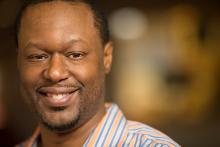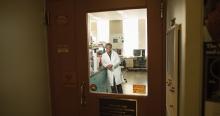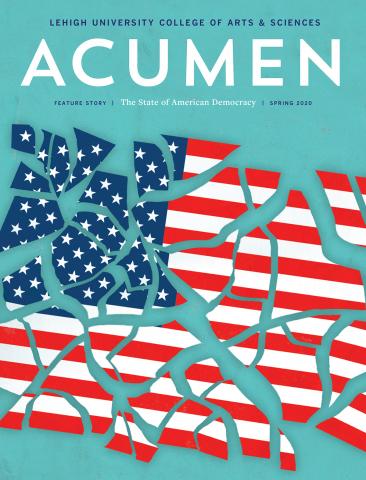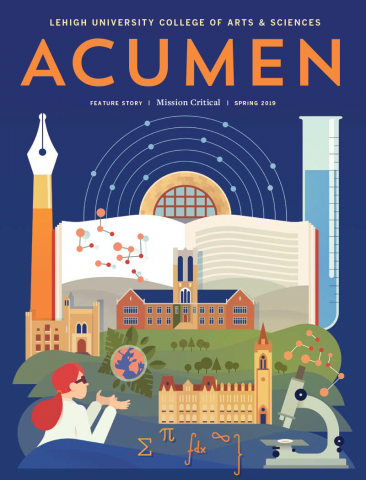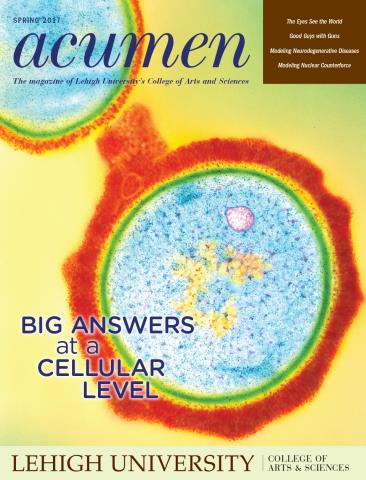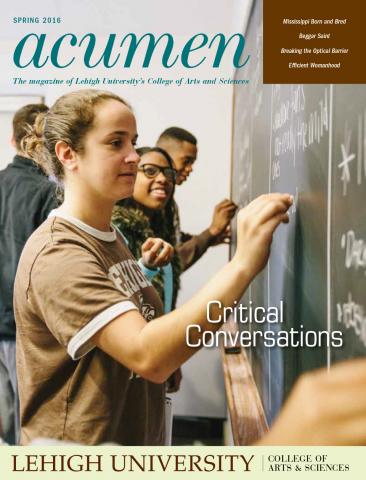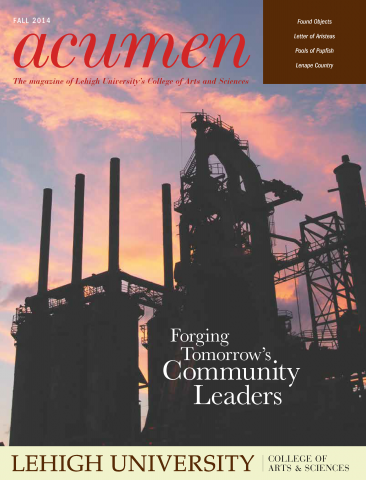
Solar cells are easy to make, but the technology is inefficient. Converting light into usable electricity is 45 percent efficient, at best. Improving this efficiency lies at the center of research by theoretical chemist Heather Jaeger.
Theoretical chemistry provides analysis and characterization at the level of atoms and molecules by combining innovations in physical chemistry with advances in computer software and mathematical methodology. Jaeger, Assistant Professor of Chemistry, examines the underlying physics involved in solar energy, focusing on the behavior of electrons.
“If we want to study these systems, and we want to predict the behavior of photovoltaics, we need to be able to use these fundamental equations reasonably,” says Jaeger. “If you try to compute the many-electron wave functions of something realistic, it’s a nonstarter. It’s too computationally intensive. Our solution is to go after physically-motivated approximations rather than phenomenological models.”
Electrons are quantum mechanical; they have wave functions. Jaeger’s research delves into quantum mechanics as she explores electronic processes, how electrons move, how they are driven from one place to another, or from one energy to another. She examines what happens to electrons after light is absorbed and the driving forces behind the generation of electrical power.
“We move into these more complex systems by considering how the environment couples to the electrons and the resulting effects. Then ask, can we use what we know about the inherent quantum mechanics to engineer more efficient photovoltaics?”
Her “lab” is a room of computers, paired with a high-performance computer cluster. Quantum chemistry calculations require computers equipped with large amounts of memory and connected through a blazing-fast network. Starting with 320 processors on 20 nodes, her team simulates the ultra-fast, femtosecond evolution of electrons. The researchers run thousands of electron trajectories, and each trajectory can be readily visualized, making it an excellent tool for teaching chemistry, says Jaeger.
“It really is a place for students to learn the theory and to apply what they know through computer simulation.”




